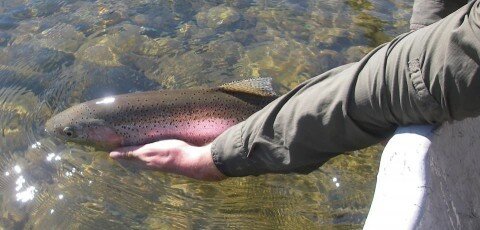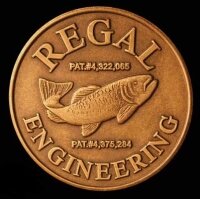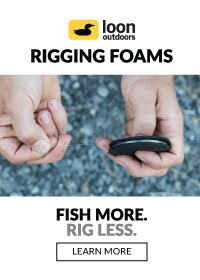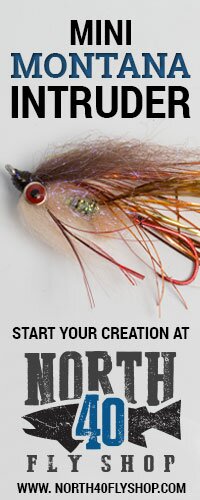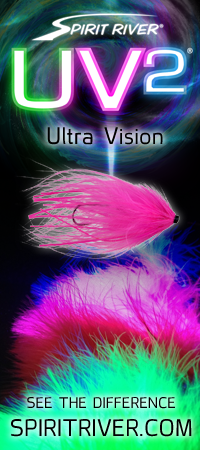I spend a lot of time tying flies and trying to catch fish on those said flies either fishing on my own or with clients…mostly with clients as catching fish doesn’t pay the bills. I can only think of a few flies that I just came up with at the vise through a flash of inspiration. Most of the flies that I have designed and tie I come up with to solve a specific problem or fishing situation on a river I guide. I usually start by observing trout eat, then watch the behavior of the bug at the stage the trout are eating, and then take my observations and look at my massive collection of fly tying materials. It is this part of the process that I think is overlooked by most fly tiers. Knowing what their materials do and how they imitate the behavior or movement of the bug they are trying to imitate at a given stage.
I started thinking about this when my wife and I were in college. My wife is an Interior Designer who specializes in commercial design. In college she had to take a whole years worth of color theory where all she did was study color. How it effects and changes with lighting, its composition, compliments, its feel, emotional reaction…all sorts of stuff that a normal person over looks. I think this same thing happens with fly tiers and their materials.
So, many fly tiers use or buy their materials without even giving a thought to what they are trying to accomplish with them. Just because the dubbing package says PMD colored dubbing does it mean it accurately imitates the PMD’s on your river or will make a good PMD nymph. I have come to call this as knowing your palette or toolbox. Great fly tiers have a reason for everything they do. From their thread size to using turkey biot as a wing cast instead of turkey quill, there is always a reason, and usually that reason has to do with the behavior of the bug that tier is trying to imitate.
There is no way in a blog post to go over how every material moves and looks in the water. What I would encourage you to do is start thinking about your palette/tool box as a fly tier. Buy a small aquarium and move your flies and materials through the water, change the lighting while you do this, and compare your results to the actual bugs you are trying to imitate. Experiment with various “attractor elements” like flash and rubber legs to see how fish react. Many times I have added a little flash here or there and it has ruined a good pattern, but some times it can make all the difference in the world.
All said and done don’t forget to pay attention to what you are imitating. No one paints a portrait by closing their eyes.
Hogan Brown is a fly fishing guide in Chico, California. Check out his website for more about Hogan: http://www.hgbflyfishing.com

